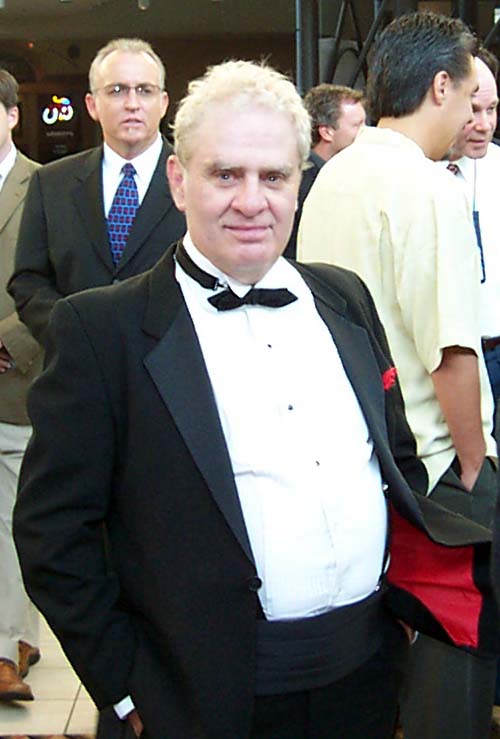Regarding Westboro Baptist Church Protest at East Lansing High School
[The following statement was recently approved by area community and religious leaders in response to an announced protest, scheduled to take place later today, directed at ELHS students, including my son, and their teachers and parents. It is republished here as a show of support.]
The Greater Lansing Community stands unified in opposition to the message of hate brought to our community by the Westboro Baptist Church. We know that as a community our strength lies in our diversity – religious, ethnic, gender, sexual orientation, race, social, political and more. This diversity is what creates a healthy thriving community. And such communities foster and participate in a market place of ideas.
We understand that the diversity of our community also allows for a diversity of ideas and that is part of our strength. This also means that we may not all agree on the best way to respond to WBC on Thursday. We ask that each participant, in planning their role in the response to WBC, consider that Westboro is only able to fund these trips by suing the people that respond to their provocations in confrontational or violent ways. If you feel inspired to join our efforts please help the rest of us respond to their hate with more dignity than they are showing us and our youth.
We are appalled that Westboro Baptist Church has decided to direct its vitriol at the students of East Lansing High School. Their hate stands in direct opposition to the values of our community and is an attempt to unfairly bully our youth into silence.
It has been reported the Westboro Baptist Church has targeted these youth because they have done that which we encourage as a community value – they’ve engaged in the civic dialog and expressed a view with which Westboro disagrees. Instead of dialoging with the youth, and participating in the marketplace of ideas, Westboro has instead decided to attack, bully and harass our youth. We stand with our youth and applaud this engagement by them. We value participatory citizenship in which ideas are challenged through dialog over demagoguery and bullying.
Sadly, the Westboro Baptist Church protest serves to remind us that bullying is not isolated to our school hallways, but permeates our culture. We whole-heartedly reject bullying as the violence it is—to individuals, to groups and to the community.
We believe the protest by Westboro Baptist Church shows our elected officials in the legislature that it is past time for them to lead and take action against bullying.
The irony that Westboro Baptist Church has come to divide us as a community, but has instead united us is not lost on this community.
Our faith leaders and community agree that the Westboro Baptist Church does not reflect our understanding of a place of worship. Houses of worship create, build, nurture and support community. Despite our diverse views of God, we are united in our belief that God is a loving creator.
We stand in opposition to Westboro Baptist Church’s intrusion into our community. At the same time, the tapestry of our community in all of its diversity are on full display, and demonstrates why the Greater Lansing Area is an amazing community in which to live, work and play.



